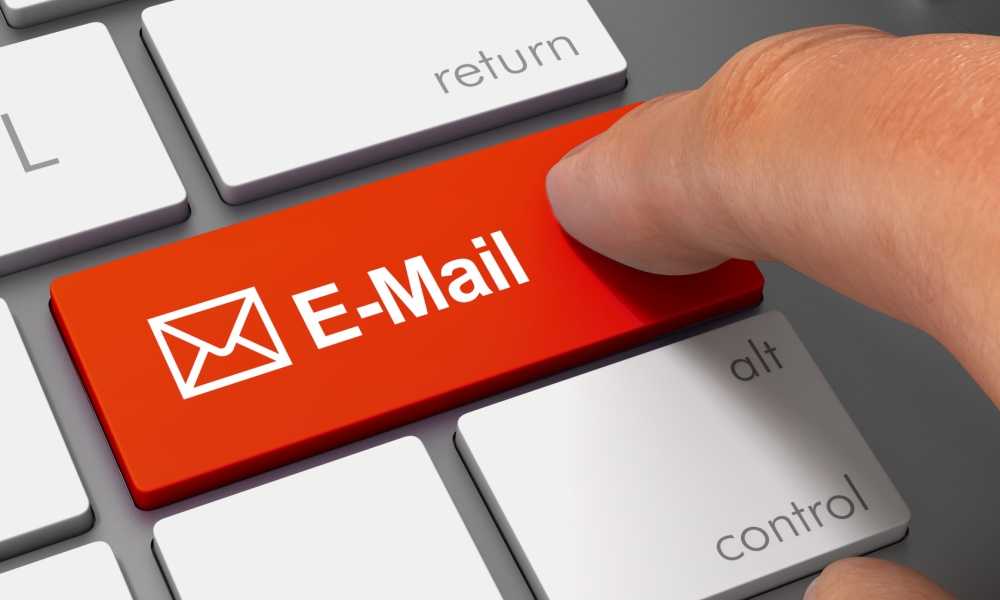
We can hardly believe that there was a time when we did not have the luxury of sending emails. And now, in 2021, it is the most popular method of communication for businesses with their customers. In fact, email is the primary channel for customer acquisition and retention for 80 percent of small businesses.
People may open an email, but they may not interact with the content if they do not engage with it. Check out these critical email marketing do’s and don’ts to make the most of your email marketing efforts and maximize your results.
The To-Do Listing
Onboarding emails should be optimized.
Your onboarding email is the one that can make or break a future loyal customer’s decision to purchase from you… There’s no need to rush! The fact that your customers must create an account and provide their contact information aids in the onboarding process. After acquiring a first customer, there is a risk that they will abandon you because they do not recognize the value you will gradually add to their lives.
When it comes to onboarding, the 90-day clock is a useful indicator to consider. Several industries were investigated, and it was discovered that the average mobile app retention rate after 90 days was barely 20 percent. To put it another way, the majority of businesses lose 80 percent of their customers after only three months of having them on board.
Additionally, onboarding emails allow you to establish a connection with new subscribers. Encourage visitors to click through at the beginning of their journey and watch your click-through rates rise.
A/B testing (also known as split testing)
We are all aware of the importance of tests; we may not always enjoy them or even appreciate them, but they are necessary for personal development. A/B testing is exactly what it sounds like: a basic controlled experiment.
This is a fantastic technique to find out what works best for your brand in terms of consumer response. What should you put to the test now? Everything. When it comes to A/B testing, the subject line, picture placement, open rate, bounce rate, click-through rate, unsubscribe rate, and inbox placement rate are all important factors to consider.
If you have the opportunity to test something, do it!In general, the more data you can collect and analyze, the more strategic you can be in your decision-making in the future. It makes sense, doesn’t it?
Lists should be segmented.
Setting up segments in your mailing list is a good approach to ensure that you are only sending out material that is relevant to each of your subscribers. They will always look forward to receiving and opening your emails if you do it this way.
The majority of the emails in your database should not be sent to every single person in your database. The result would most likely be that you’d be sending emails that were quite general in nature and would still be responsible for making them relevant to all of the recipients. You must segment your listings in order to ensure that they are relevant. In order to achieve your aim of communicating the correct message to the right person at the right moment, you need put this approach into action.
Grouping your email list into segments allows you to target certain groups within your mailing list and deliver them more personalized messages that are tailored to their group’s interests.
Make it personal.
It’s time to get down to business! We are all aware that first impressions are important. This holds true even in the case of email marketing. After all, why wouldn’t it? In accordance with research, tailored emails increase click-through rates by 14 percent while also increasing conversion rates by 10 percent.
When you send generic emails, you are only hurting your conversion rates. What matters is that you are representing something, whether it be a large brand, a small firm, or even your own personal brand. Having everyone of your subscribers treated as a friend is the most effective method to do this. Ideally, you want it to be welcoming, but not overly welcoming (think more co-worker and less BFF). On that note, you would not send your coworker an email address that is not returnable. At the very least, we hope this is not the case.
Sending a no-reply email will only lower your deliverability, raise your chances of being labeled as spam, and prevent your consumers from responding to your message.
Most popular email marketing solutions include email templates, as well as the ability to personalize emails with things like recipient names and other information. Make use of an effective email template and select the option to automatically add the names of the recipients to all of your emails.